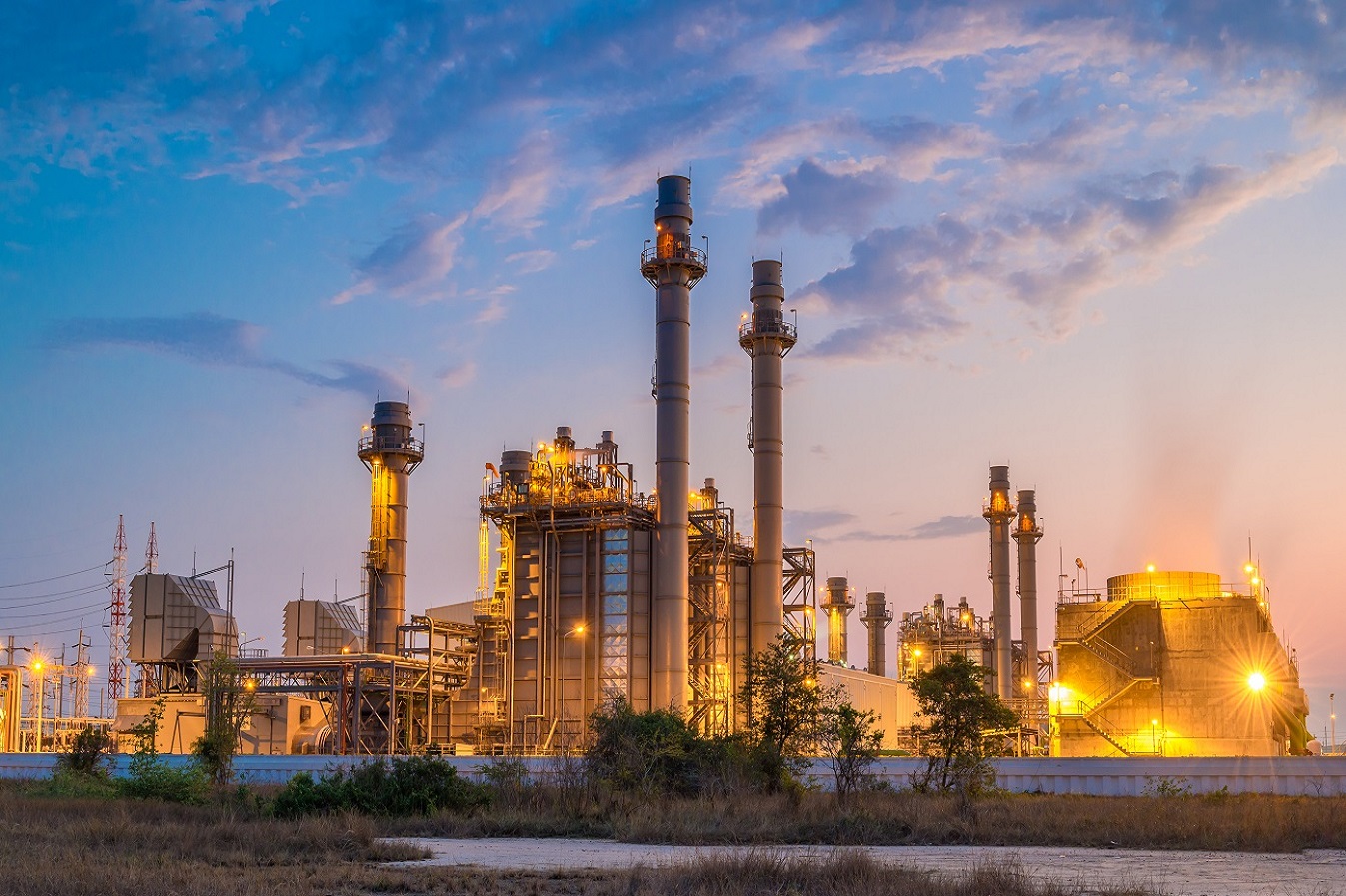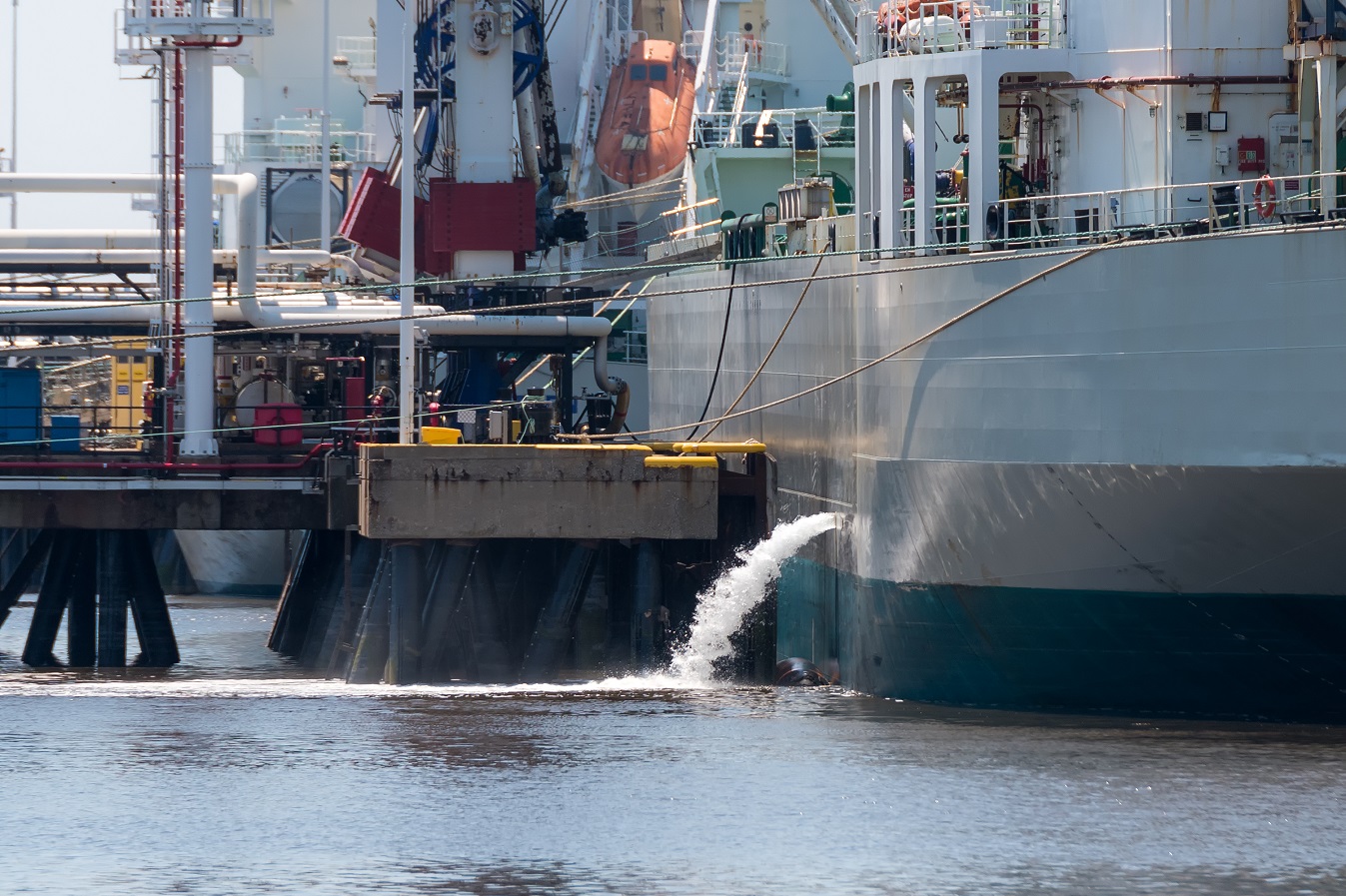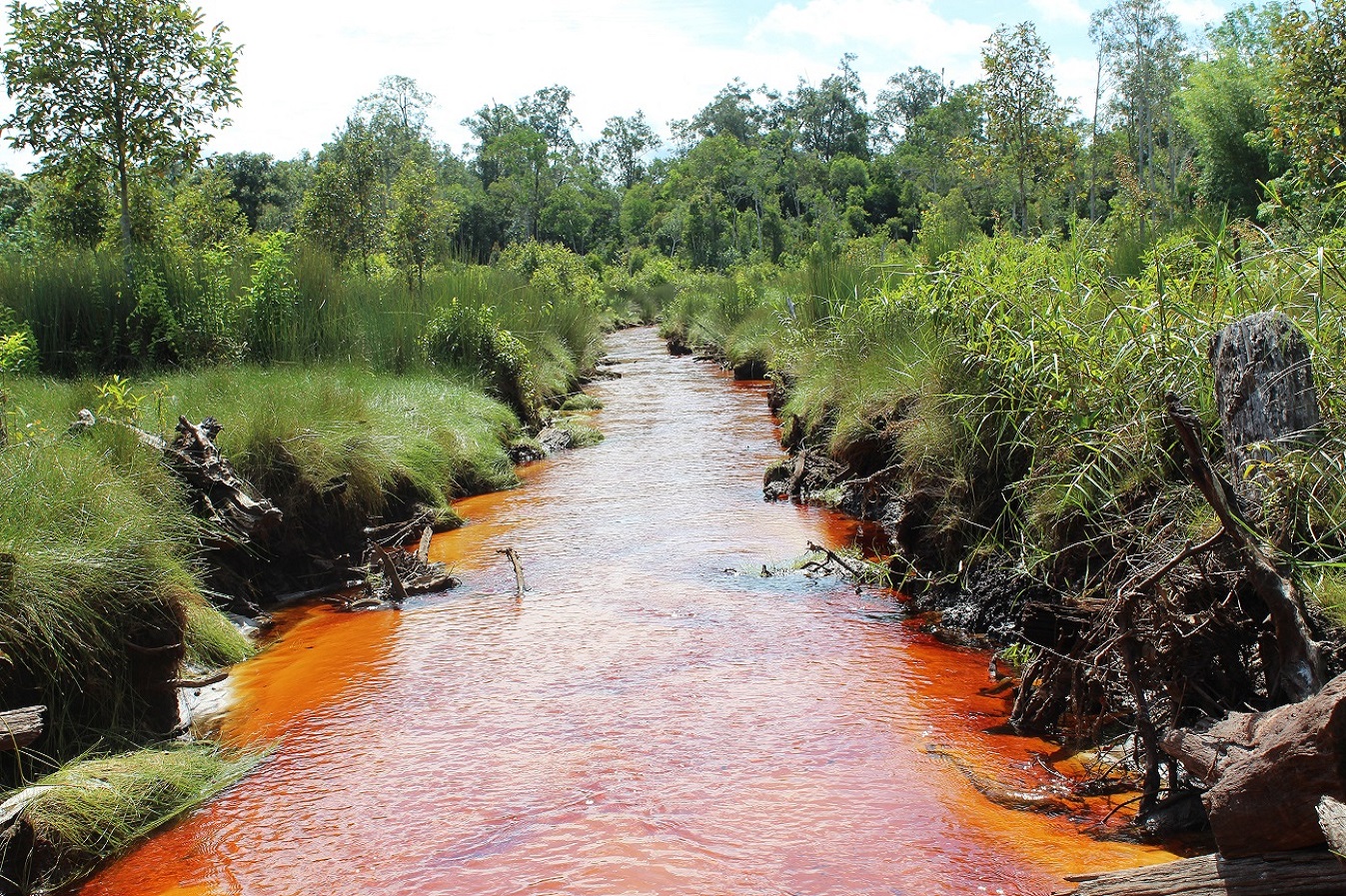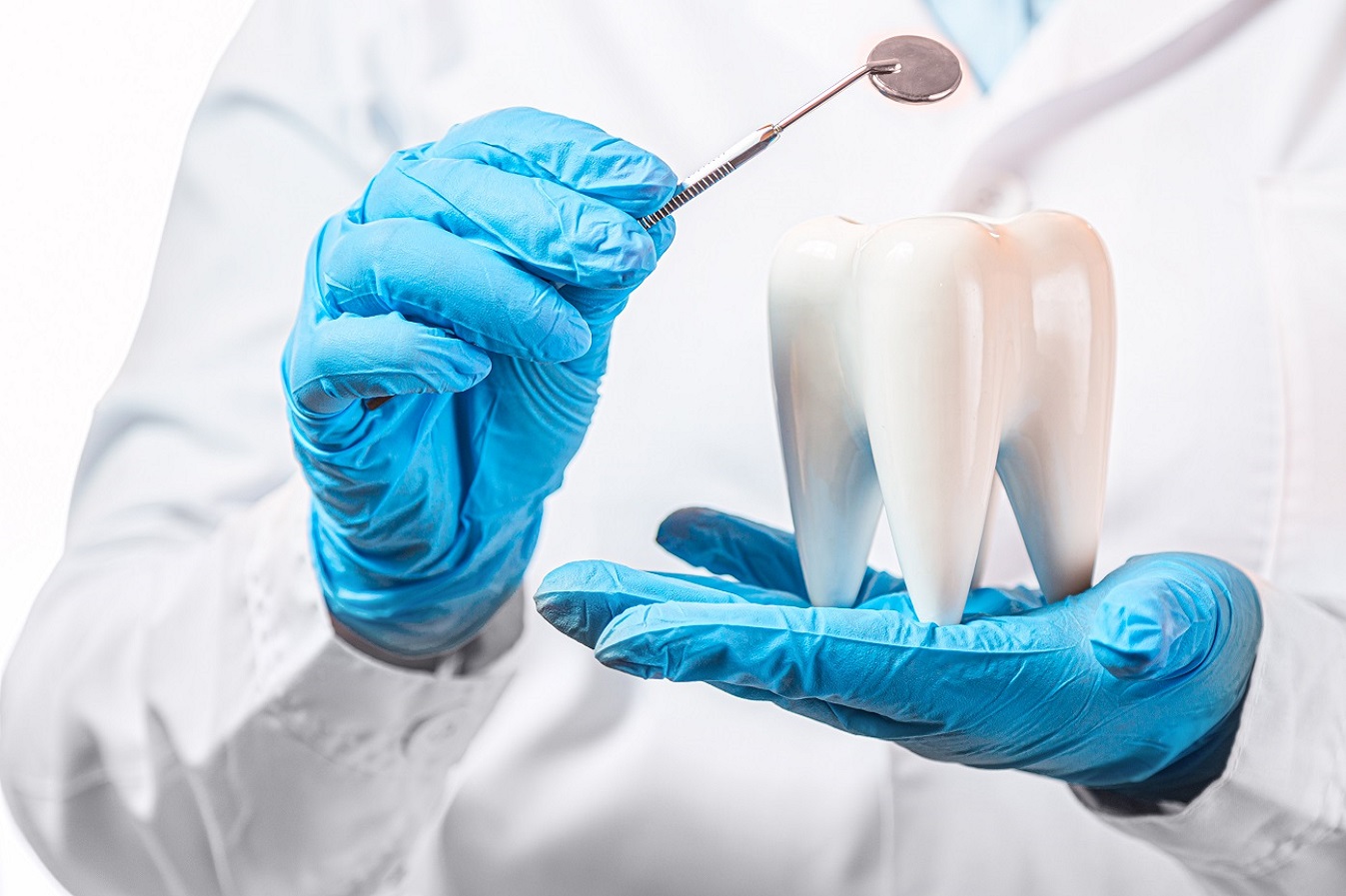Disinfection in the oil industry
TERMECA is completely effective against all bacteria microorganisms and biofilm which causes damage and depreciation, reduced lifespan, corrosion, poor performance of the equipment, and finally decreased oil production level. Also, after use, this disinfectant turns into water, which leaves no ecological footprint.

Due to the presence of carbon in the molecular structure of the oil, oil is a suitable substrate for microorganisms, and bacteria cause a decrease in the quality of the oil by changing it, therefore, eliminating harmful microorganisms in the oil and gas industry is of great importance. On the other hand, these microorganisms cause damage to the molecular structure of oil and create hydrogen sulfide, and also lead to an increase in the viscosity of oil and sulfur, which are the main cause of erosion, corrosion, and deposits in oil transmission lines.
Chemicals such as isothiazolinone, glutaraldehyde, chlorine, etc. are usually used to eliminate them, and usually, a small amount of these compounds can control the growth of bacteria and other harmful microorganisms in wells and pipelines.
However suitable disinfectants for the oil industry according to the type of oil fields must have a long life, high solubility, and chemical stability, otherwise, the use of inappropriate disinfectants can cause great damage to the oil extraction system.
Every stage of extraction has the possibility of contamination and the type of disinfectants used in different oil fields is different.
TERMECA is very useful in the petrochemical industry and disinfection of oil equipment. it can destroy different types of microorganisms including bacteria, yeasts, and viruses in such a way that by attacking the protein membrane of the microorganism, it prevents food from reaching it and by damaging the cytoplasm of the bacteria, it causes the bacterial content to leak.
By preventing the formation of biofilms and corrosion in petrochemical equipment, they play an effective role in increasing production.
TERMECA can be stored for a long time in a suitable environment, unlike chlorine compounds, it is not flammable, so it is completely safe to store it in the vicinity of oil. On the other hand, it is non-toxic and not allergenic for users, and finally, this material only decomposes into water, therefore, it is the right choice of disinfectant to protect the environment.
Chemicals such as isothiazolinone, glutaraldehyde, chlorine, etc. are usually used to eliminate them, and usually, a small amount of these compounds can control the growth of bacteria and other harmful microorganisms in wells and pipelines.
However suitable disinfectants for the oil industry according to the type of oil fields must have a long life, high solubility, and chemical stability, otherwise, the use of inappropriate disinfectants can cause great damage to the oil extraction system.
Every stage of extraction has the possibility of contamination and the type of disinfectants used in different oil fields is different.
TERMECA is very useful in the petrochemical industry and disinfection of oil equipment. it can destroy different types of microorganisms including bacteria, yeasts, and viruses in such a way that by attacking the protein membrane of the microorganism, it prevents food from reaching it and by damaging the cytoplasm of the bacteria, it causes the bacterial content to leak.
By preventing the formation of biofilms and corrosion in petrochemical equipment, they play an effective role in increasing production.
TERMECA can be stored for a long time in a suitable environment, unlike chlorine compounds, it is not flammable, so it is completely safe to store it in the vicinity of oil. On the other hand, it is non-toxic and not allergenic for users, and finally, this material only decomposes into water, therefore, it is the right choice of disinfectant to protect the environment.






















_1.jpg)